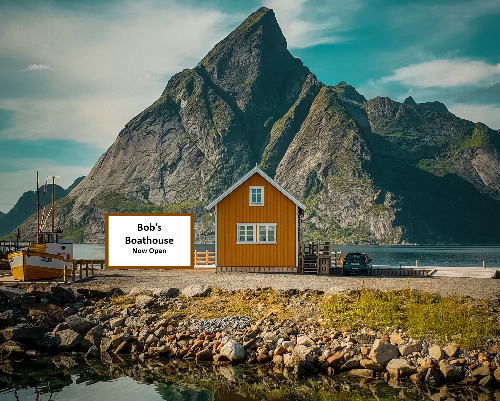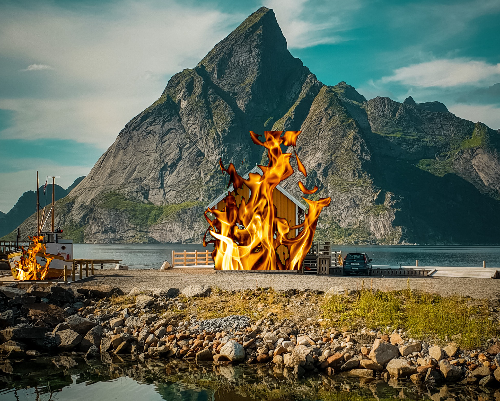Website Overview
A website, at least those that we'll focus on, is generally just a collection of files and folders. Web pages are little more than text documents that contain links to other text documents.
Folders can help your users have a general idea of what part of your website they are on as well as what kinds of content they can expect there. Increasingly, users are navigating our websites by using search engines, so the folder structure of your site may be less relevant than it was in the past. That said, folders can help you organize your site's content so that your team knows where to find the content it needs to update. "Events" and "News" folders can collect all web pages that fall under those categories, while "Documents", "Images", and "Includes" folders can provide some organization to the supplemental content on your site.
Parts of a URL
You can get a lot of information from a URL, especially those from TTU sites. Example: https://www.depts.ttu.edu/itts/labs/atlc/policies.php
- https:// - generally describes the way we are connecting to the site. You should always make sure websites you go to start with https, as this is more secure than http://
- www.depts.ttu.edu - this denotes the "Domain" for the site, which is generally who owns the site or what larger website this is a part of.
- /itts - For TTU sites, the first item after "ttu.edu" denotes which larger website / department the page is a part of.
- /labs/atlc - this is the folder structure to get to the page.
- policies.php - this is the actual page of our content.
Visibility
A New Page with No Links To It

If you have a brand new page that no other pages link to, the page is in many ways "invisible". This can be a great way to test out a new design, try out some new code, or otherwise make edits in a safer environment than changing a live website. Do know that someone could still get to that "invisible" webpage, but they would have to type in the exact URL to get there. It may be helpful to put a message on the page denoting that it is purely a sample page for testing purposes.
If I'm making changes to a page, I will often copy the page in question and perform my edits to that copy. Once I am satisifed with my edits, I can then duplicate those onto the original version of the page and delete my test copy. Since no other sites link to the copied page, it is reasonably safe to assume that nobody would know how to get to it. Deleting that copy immediately after my work is complete further ensures that someone down the line won't stumble upon an old and outdated page.
All Pages Should Be Linked To

If you want people to go to your webpage, you have to link to it. Putting a link to your webpage on social media messages, in email newsletters, on other pages within your website, and on other pages owned by other TTU Departments are great ways to help drive traffic to your webpage. The Site Menu on your website should link to the most important pages on your site, which themselves can link to other relevant webpages. Putting too many links in your site menu can easily overwhelm your users. Search engines like Google will use the quantity and quality of sites linking to your webpage to determine how valuable or relevant your webpage is.
Deleting Links Doesn't Delete A Page

Once a webpage is no longer relevant, it is not sufficient to just delete all links to it. Search engines will still know a page exists after links to it have been removed. Old social media posts or emails that contain a link to the page may still exist. It may be impossible to know all of the pages that were linking to your site. Individual users may have remembered or bookmarked the link to your page. If you want to ensure nobody accesses that page again, the best course of action is likely to delete the page.
IT Technology Support
-
Address
Box 42042, Texas Tech University, Lubbock, TX 79409 -
Phone
806.742.1650 -
Email
itteamweb@ttu.edu
